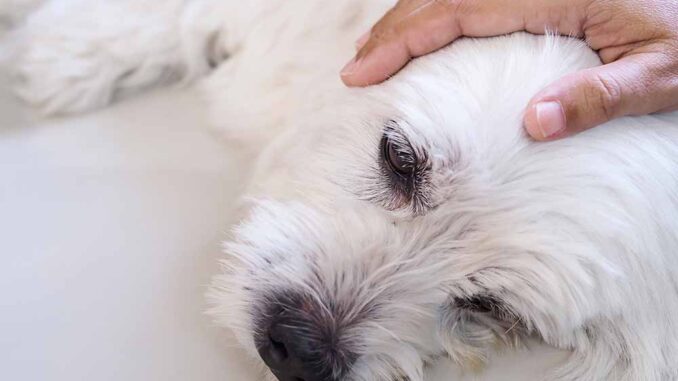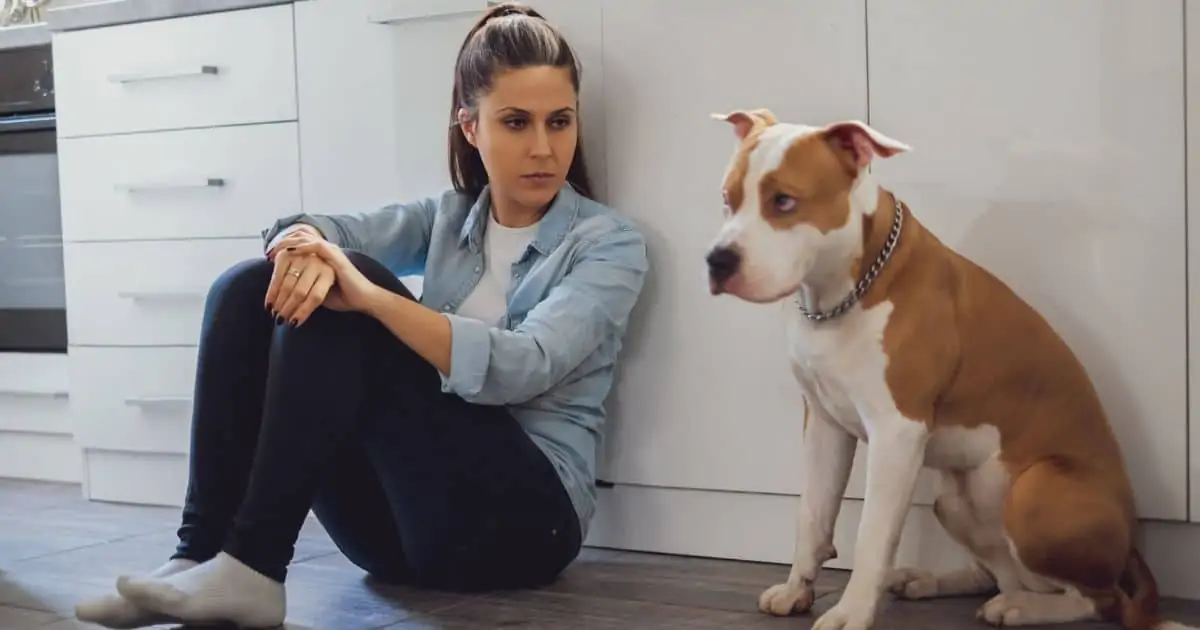
Signs that Look Like Feeling Betrayed
Your dog could show signs of feeling betrayed. This is due to the way your dog associates with you and how they expect to treated.
If you adopt a pet and pay it more attention, your dog won’t feel betrayed. It may display signs of distress or disappointment if it is suddenly treated differently or deprived of something that it is used to.
Your dog may be more distant, laying on its back, tucking its tail, moping, or lying on its stomach. These are all signs of betrayal. Your dog might try to grab your attention more often, as in the above example.
Your dog may be displaying signs we consider to be signs of betrayal. Your dog will experience feelings similar to betrayal when faced with certain circumstances, but this is not the same thing as a human betrayal. Dogs do not feel the same emotional pain as humans.
The History of Dog Emotions

Over the years, a great deal of research into canine emotions and behavior has been carried out. As a result of this research, we now know that dogs feel emotions such as fear and aggression. It is also clear that they do experience emotions that we would classify as disappointment, betrayal, and other common emotions.
Dogs, however, do not feel the same emotions. Humans often feel betrayed when their partner cheats. Dogs may feel betrayed if they aren’t taken for walks when they ask or if you don’t give them food.
Dogs are more likely to feel disappointed than betrayed. As humans, we have a strong relationship with dogs and often link our emotions with theirs. We are familiar with emotions like betrayal and assume our pets know the same. Because we treat our dogs as family members, rather than pets or belongings, this is normal.
Science of Dog Emotions
Studies and observations have shown that the difference between a trusting and distrustful dog is clear in the way they behave. A dog that does not trust people may well have been betrayed in the past – for instance, it may have been the victim of abuse.
While we may see it as a betrayal to a dog, they can display emotions like fear and aggression. Dogs who have been betrayed may shake, shiver, turn their backs to people, growl, or sit in corners. It is because they have had an experience that has taken away their trust in others.
How to help your dog deal with fear and aggression

If you believe that your dog is behaving differently in terms of emotions, the first thing you need to look at is whether there have been any major changes in its environment. This could include radical changes such as a new baby, a new pet, or even moving houses. These are all factors that could result in your dog displaying behavioral traits that we would class as feeling betrayed.
You must take steps to ensure your dog’s routine doesn’t get disrupted by changes in the environment. If there are new pets or babies in the house, you should not ignore your dog.
Sometimes your dog might feel betrayed by a change in your lifestyle. If you’re a new couple, for example, you might spend more time with them than you do with your dog. A change of career can make all the difference. Your pet could be upset if you take on a job that requires you to travel a lot more than usual.
It is important to use your intuition to identify the reason your dog may be feeling this way. Your dog can’t communicate with you through signs and body language, so you need to be aware of this. Once you know what the problem is, you can make the changes.